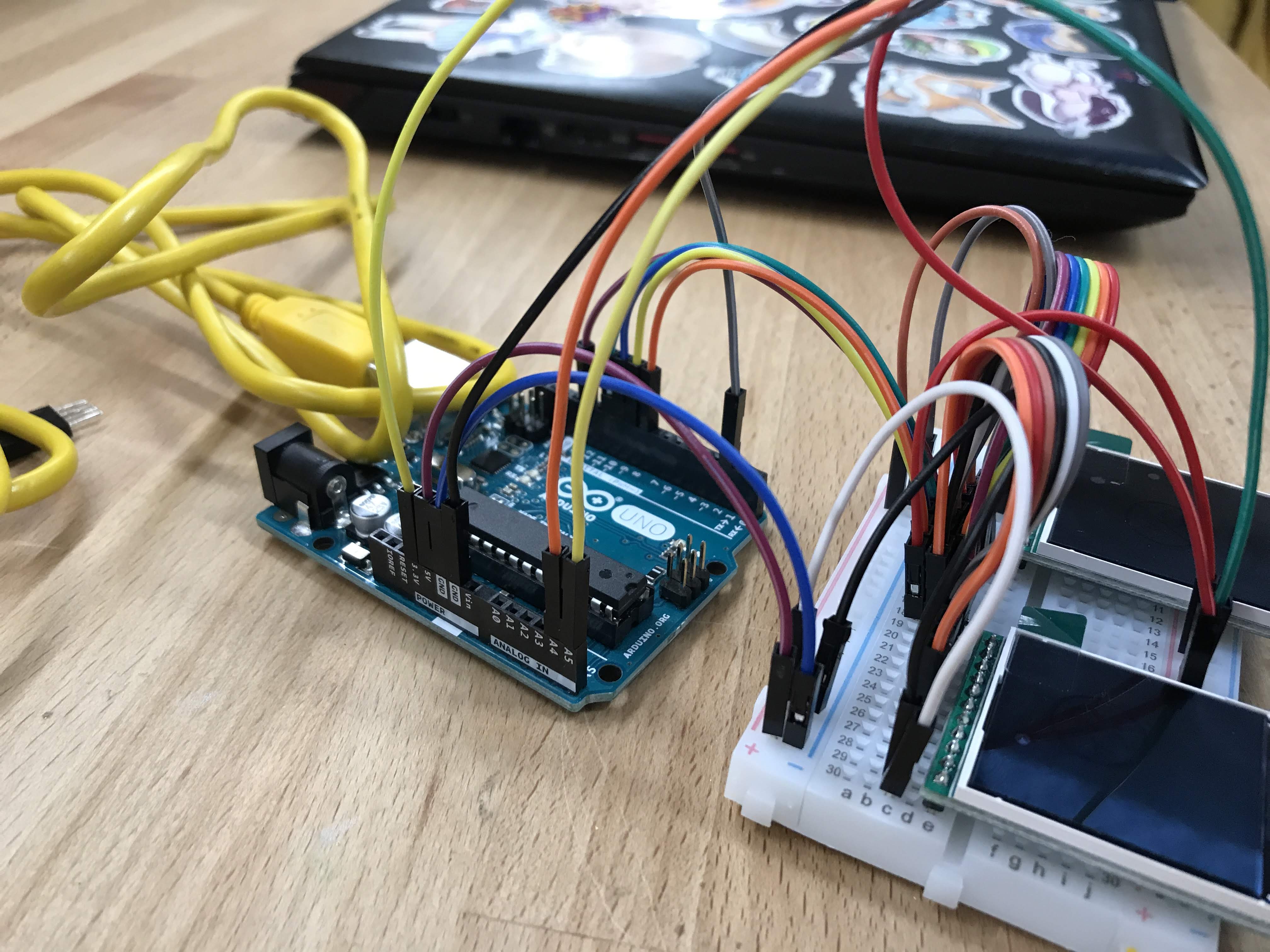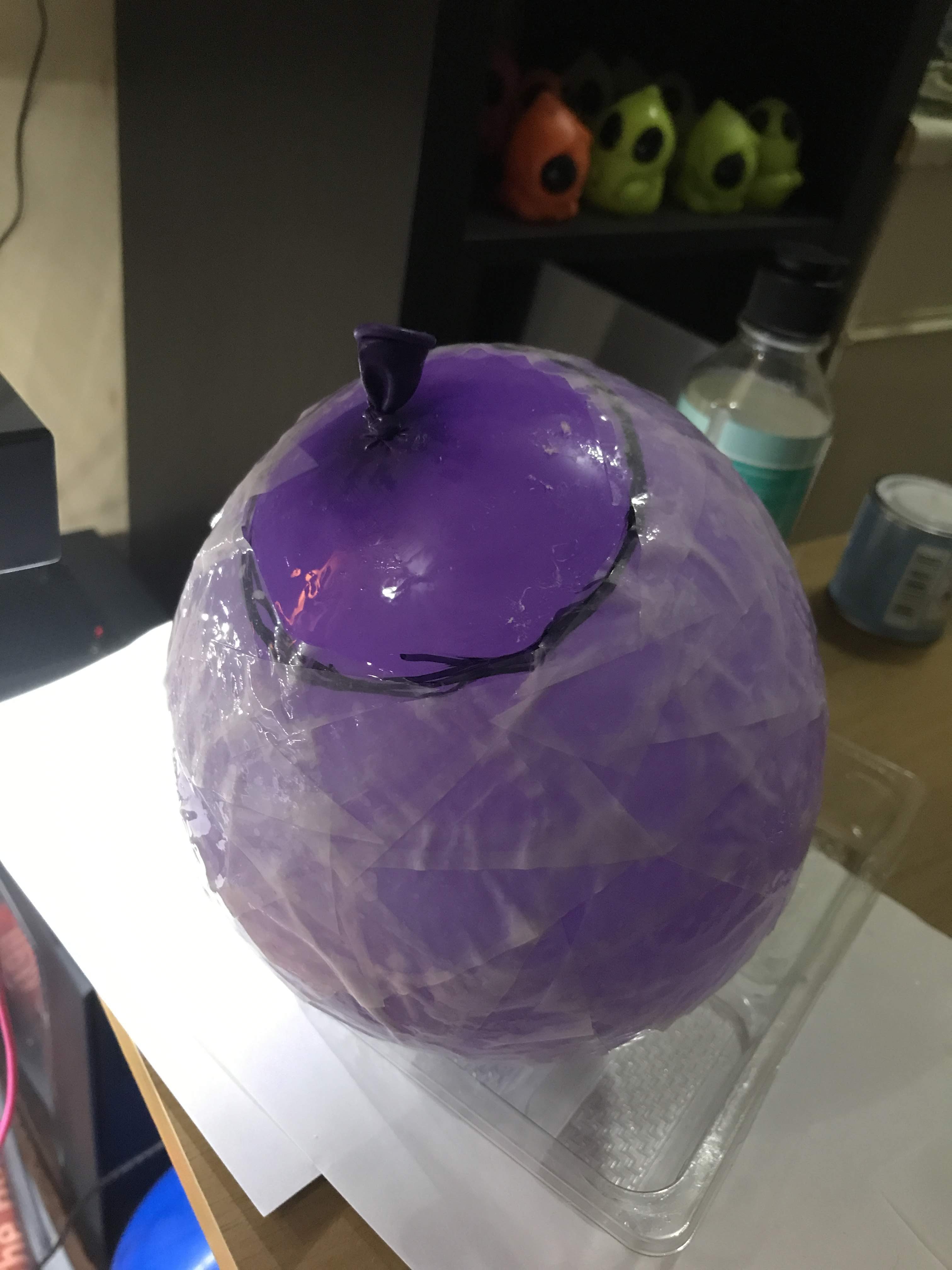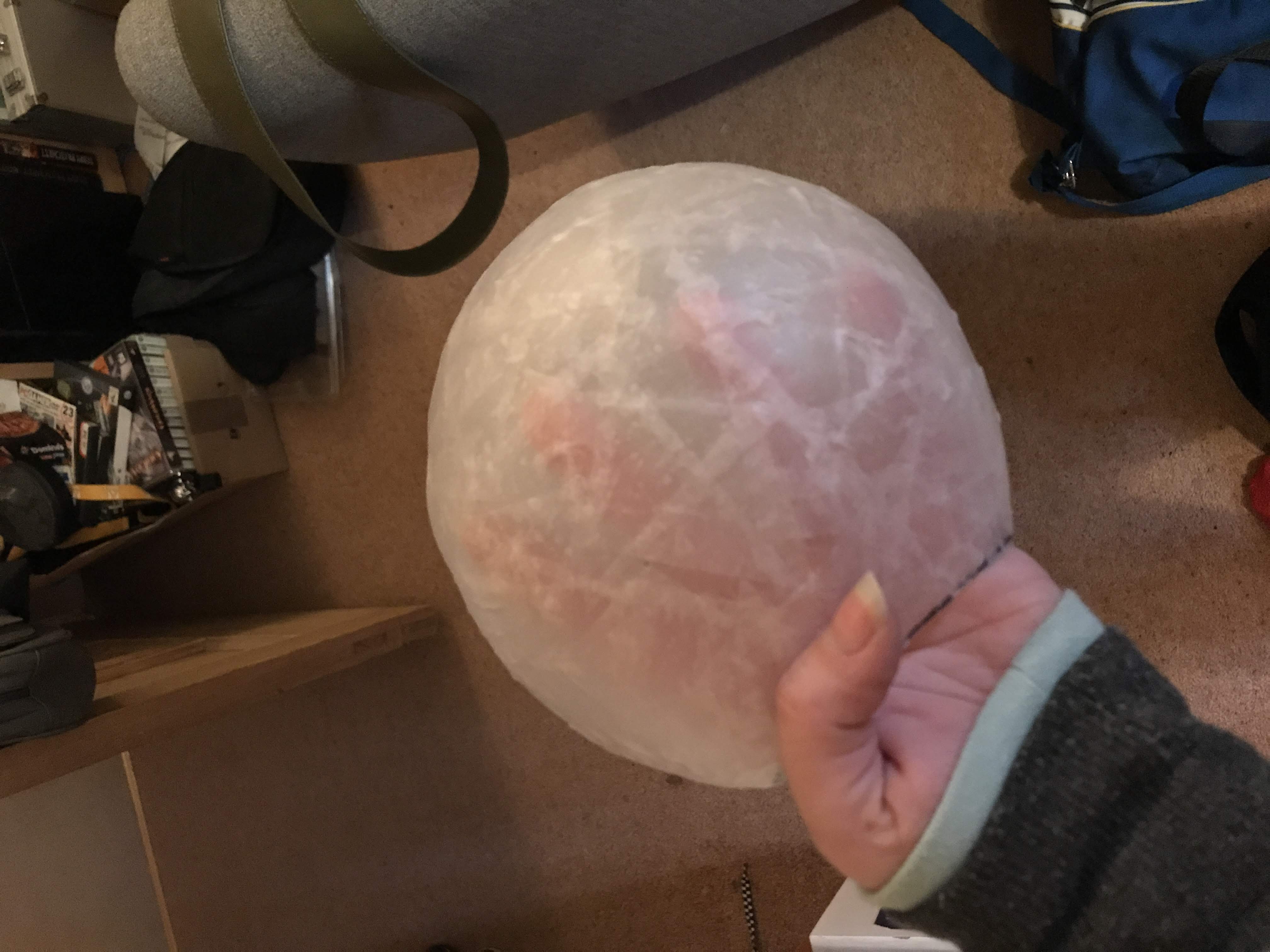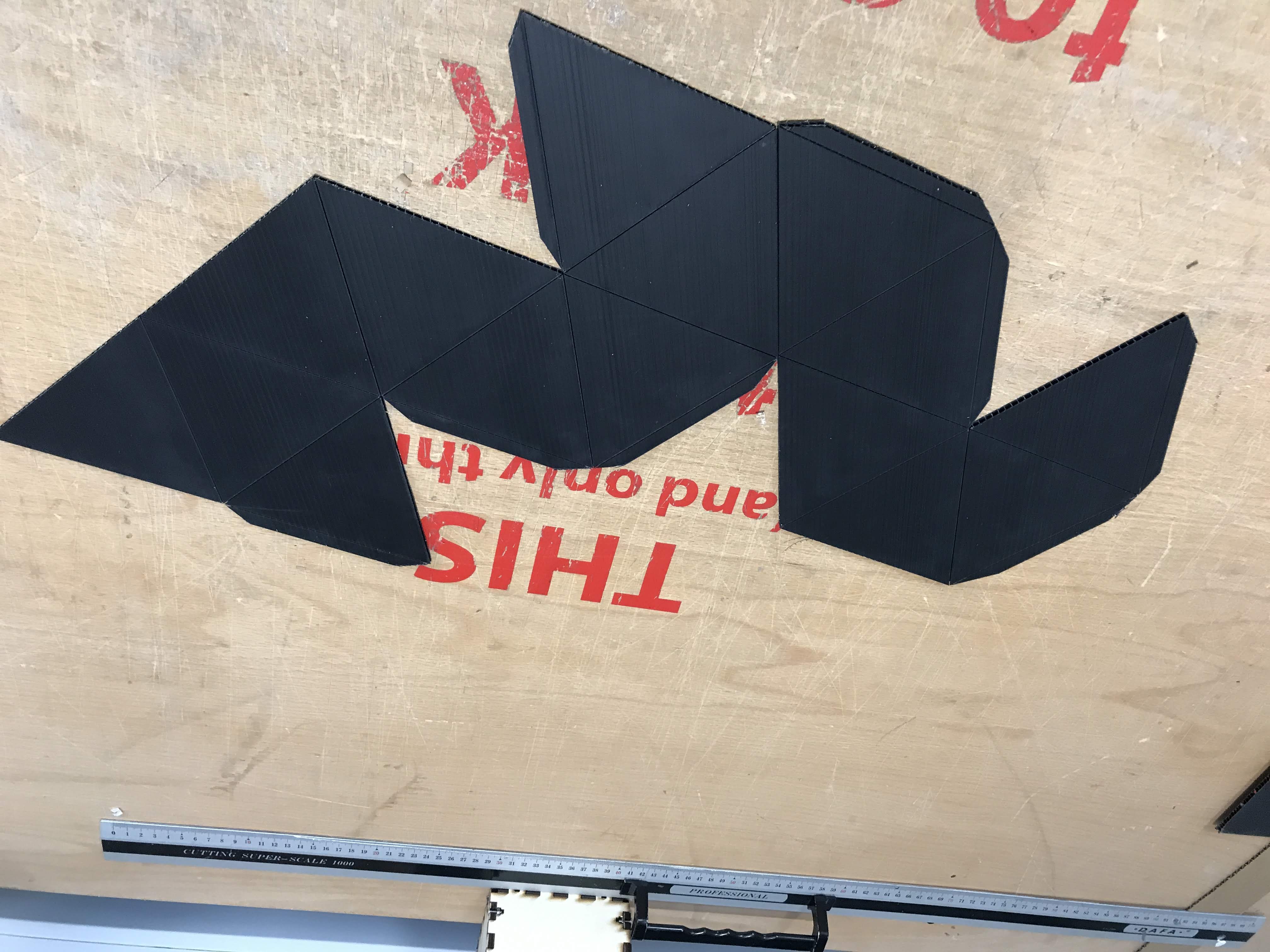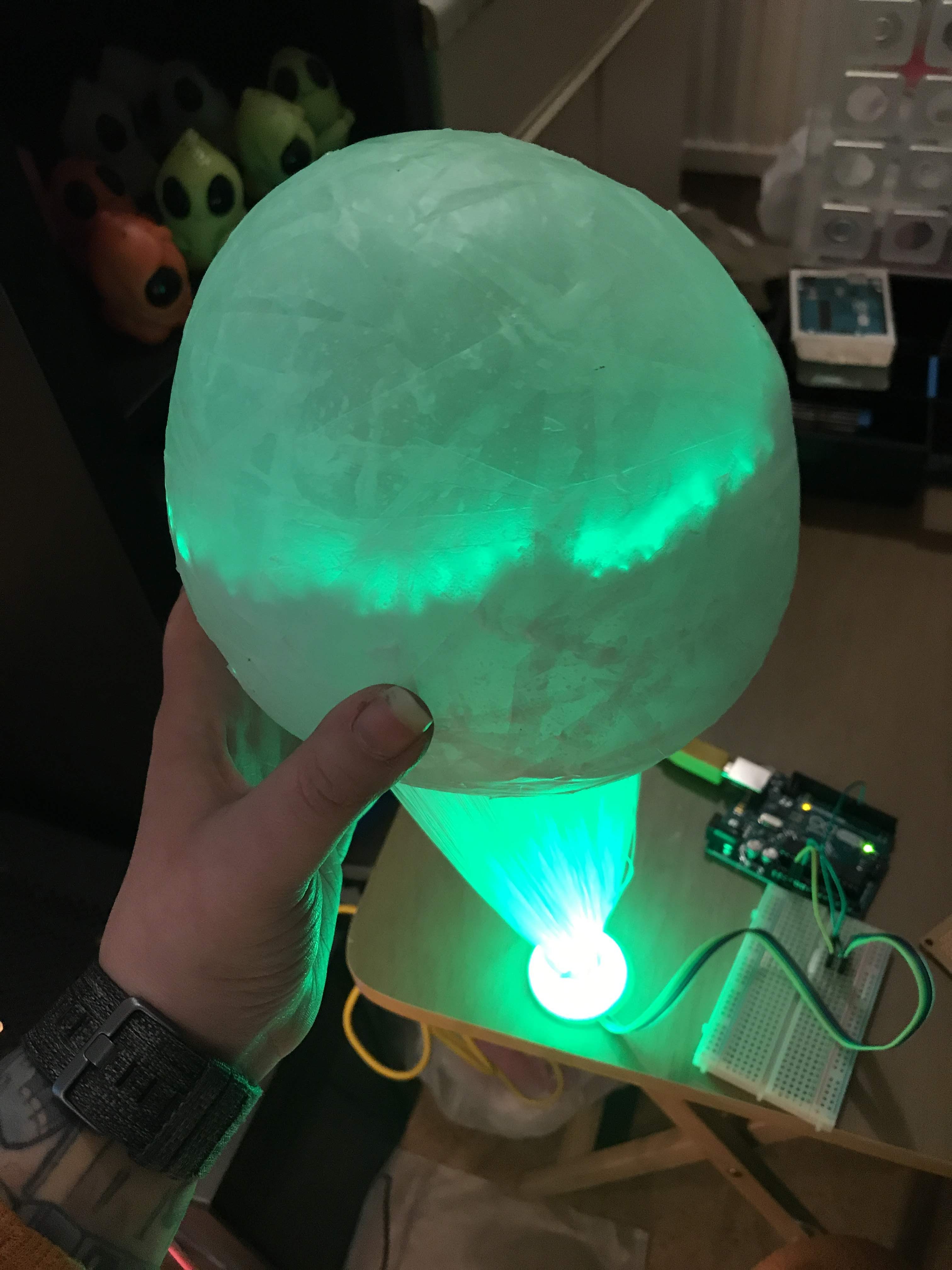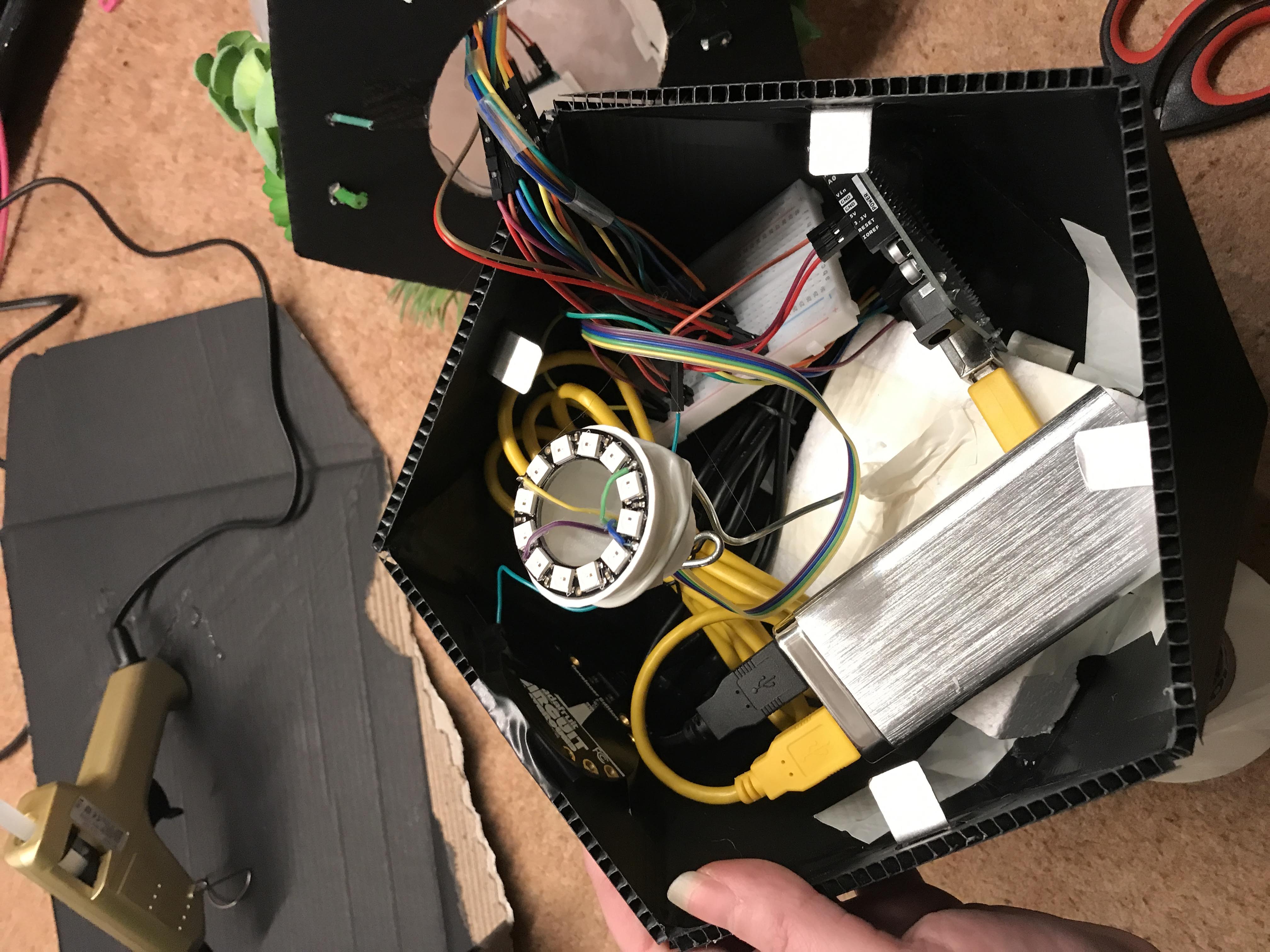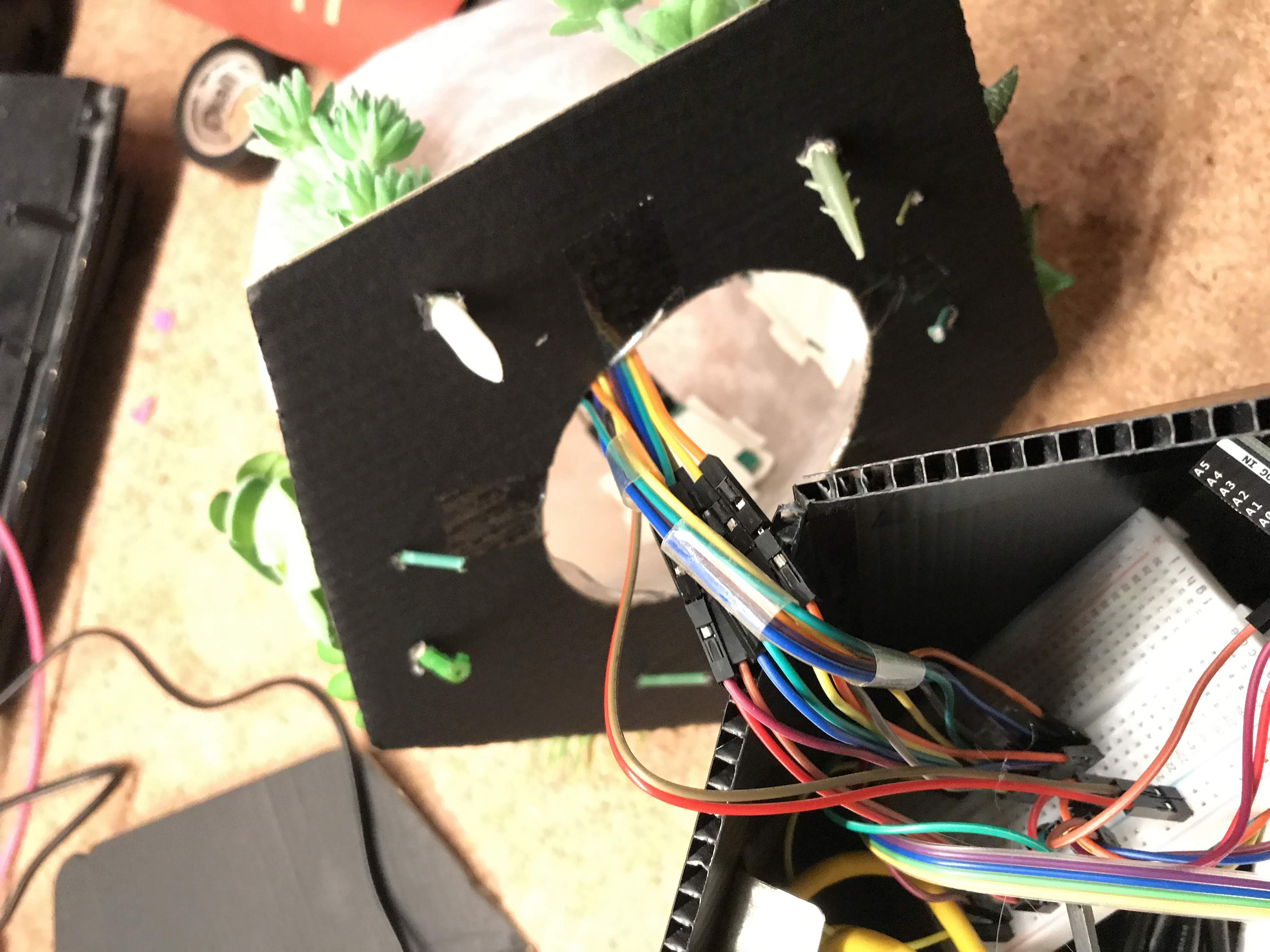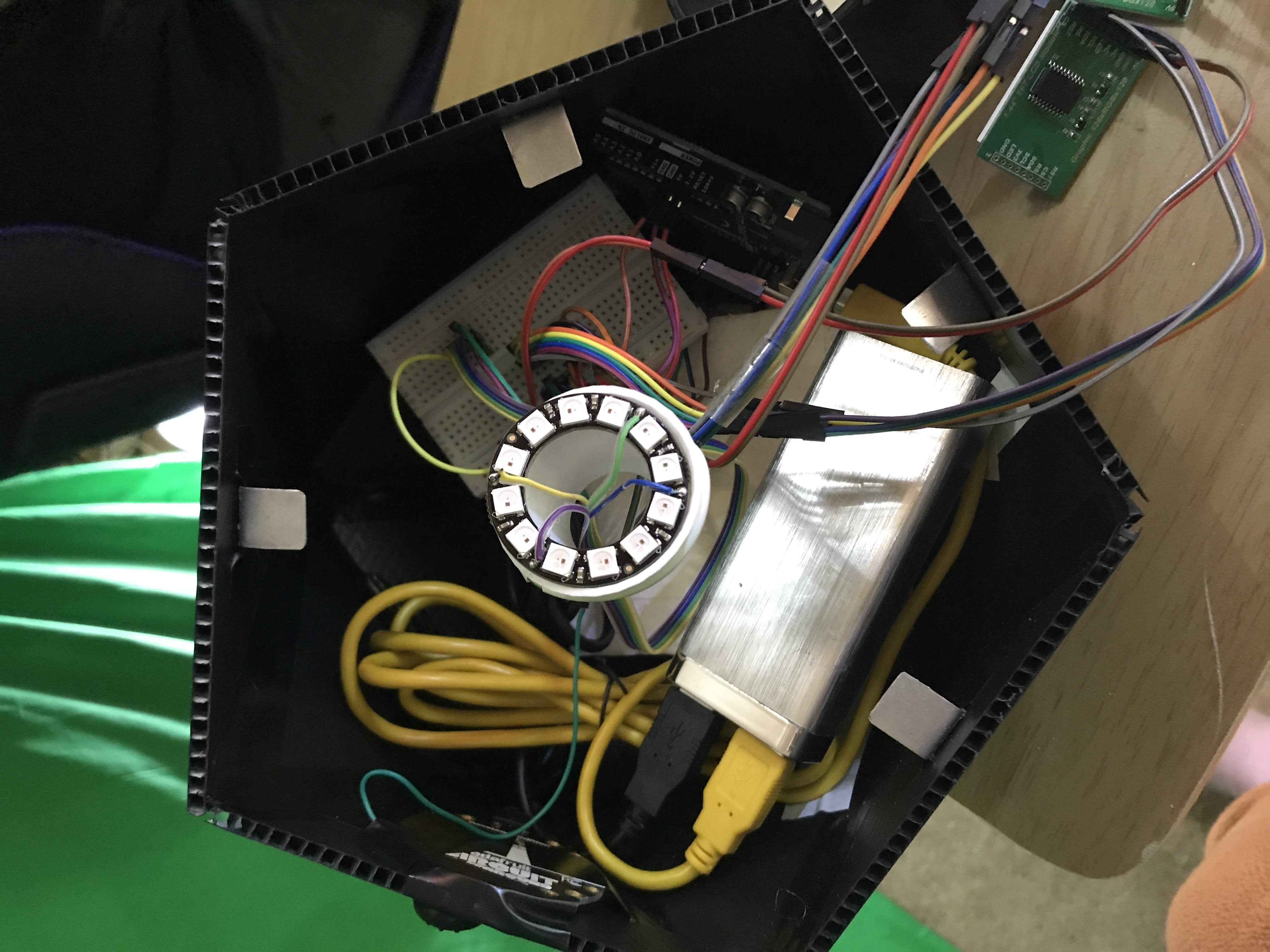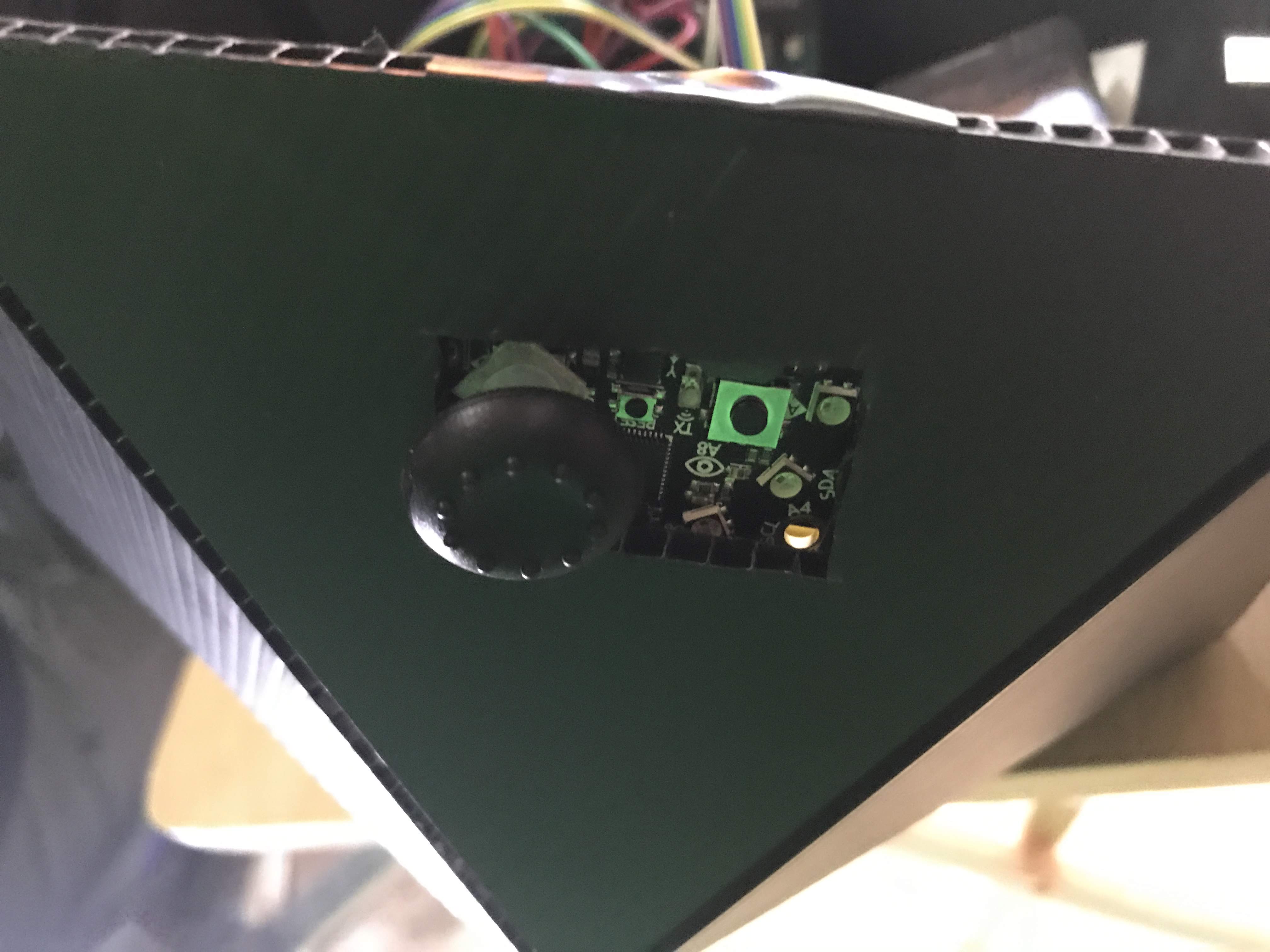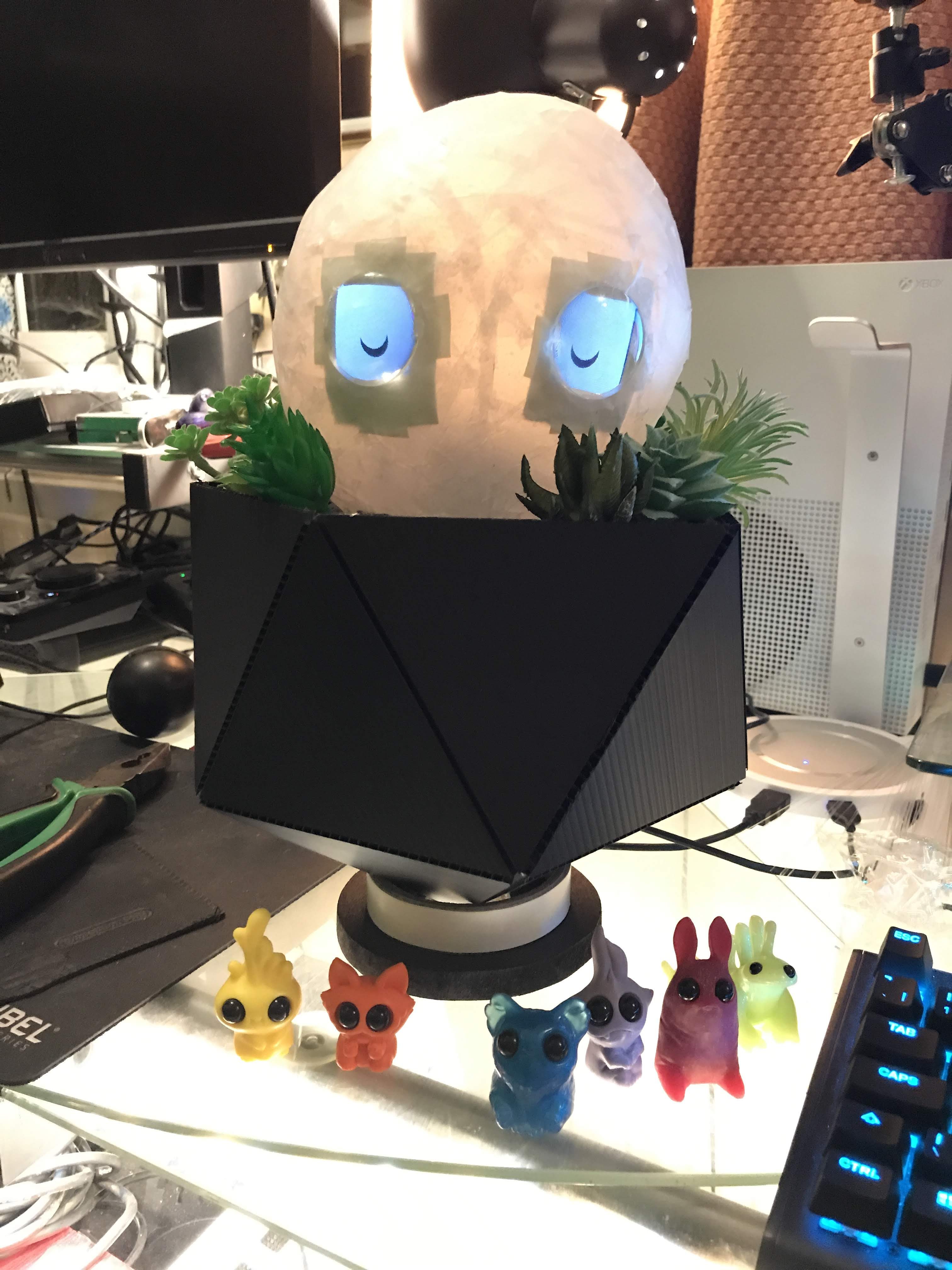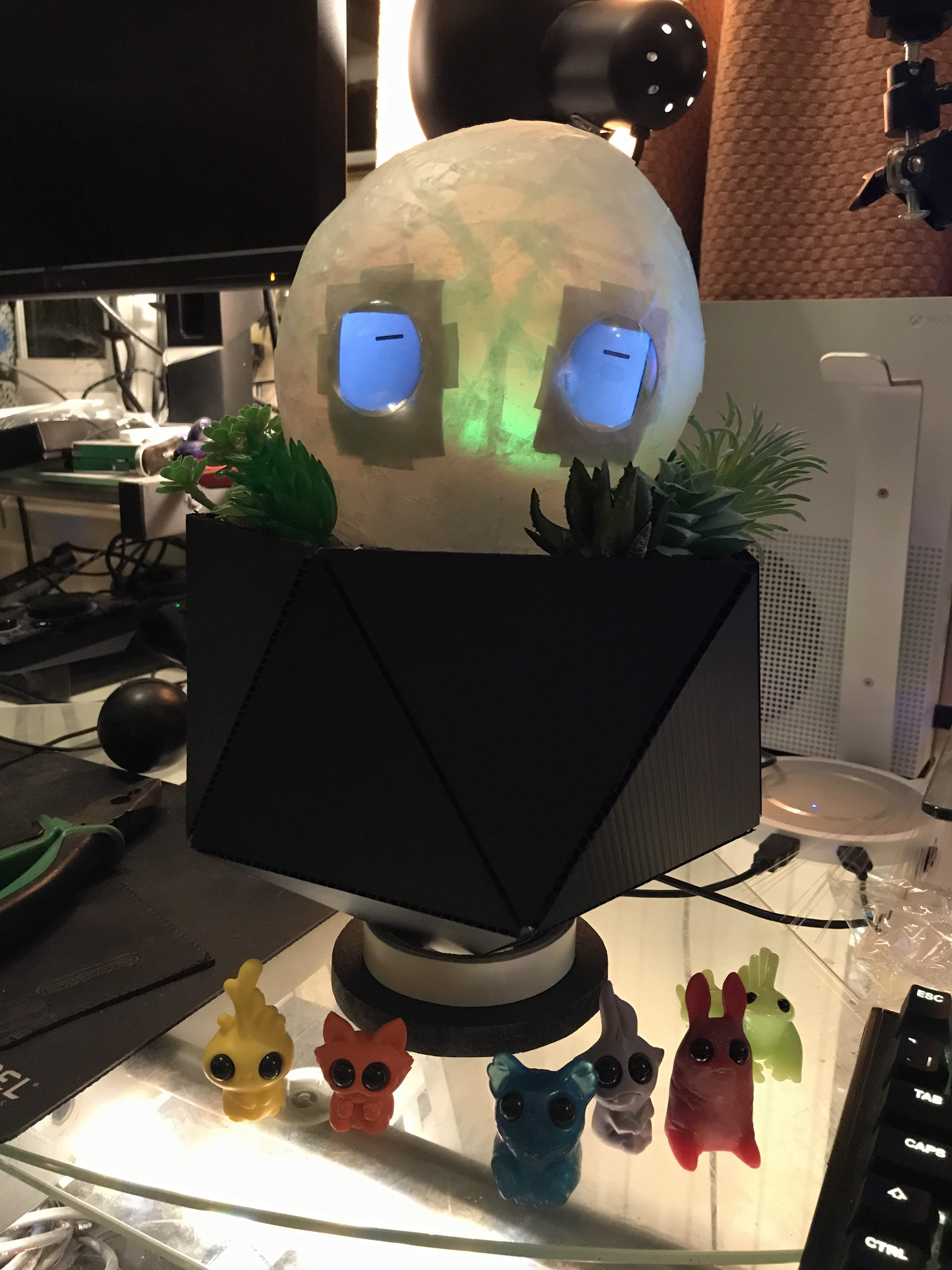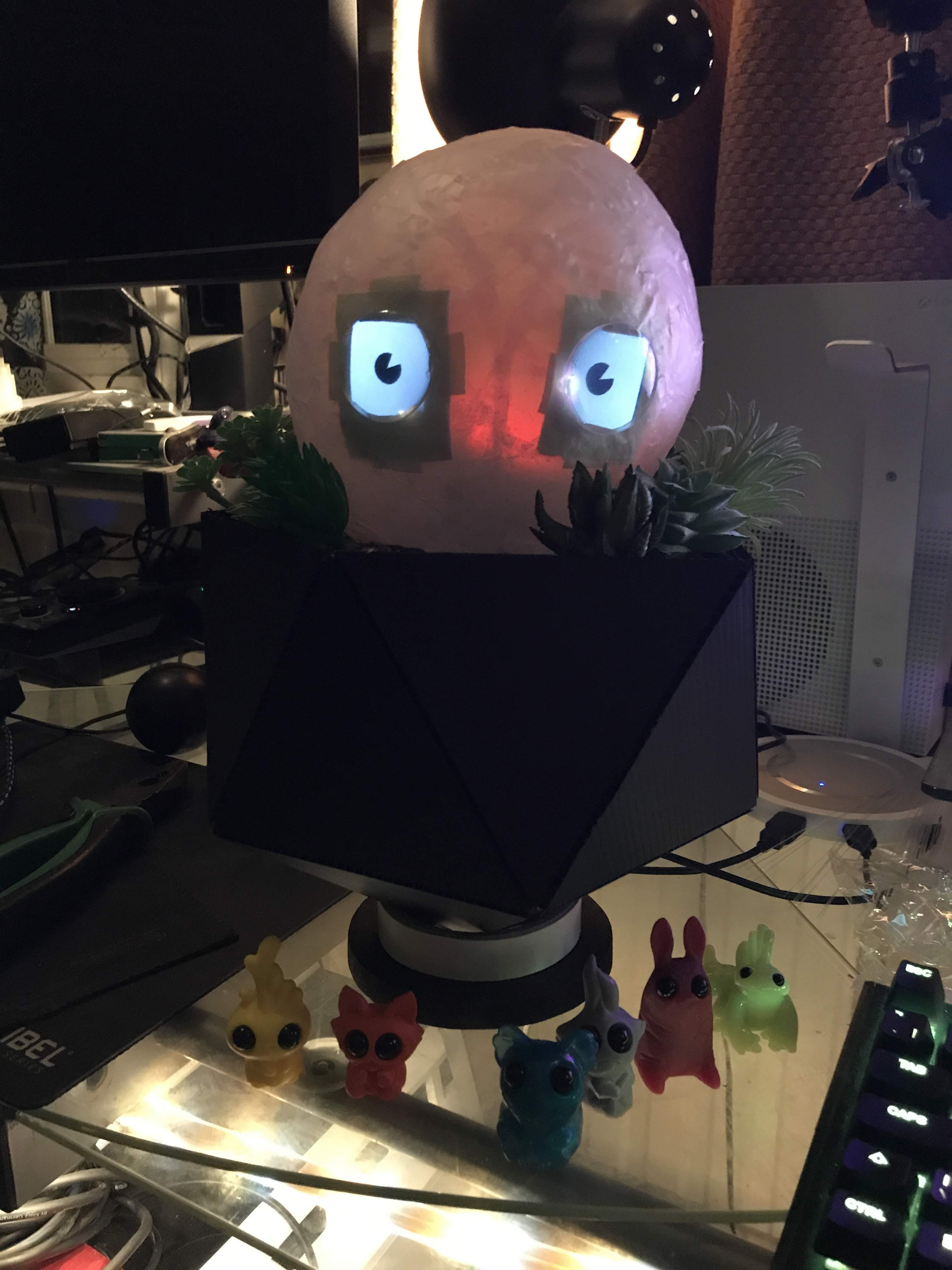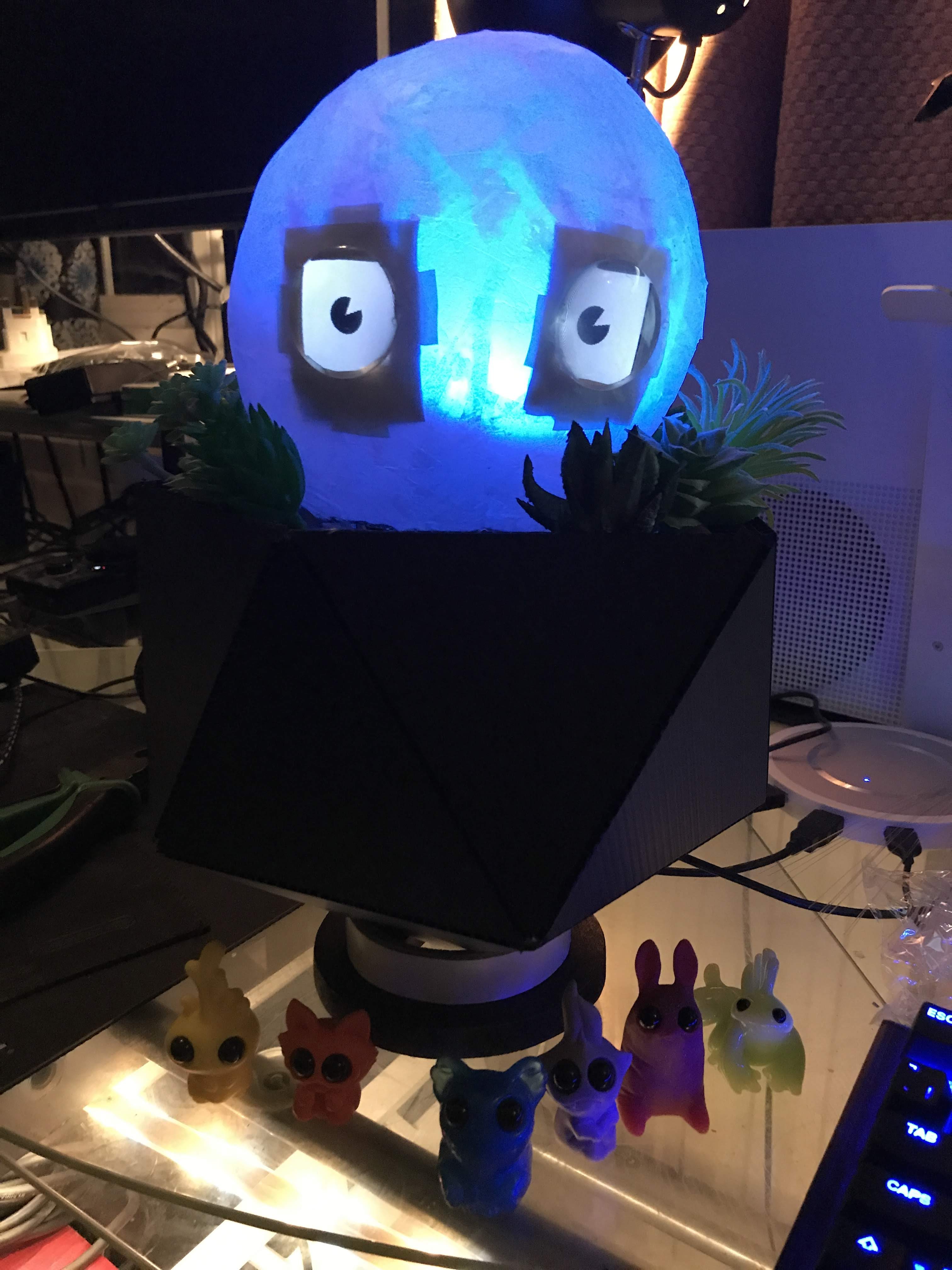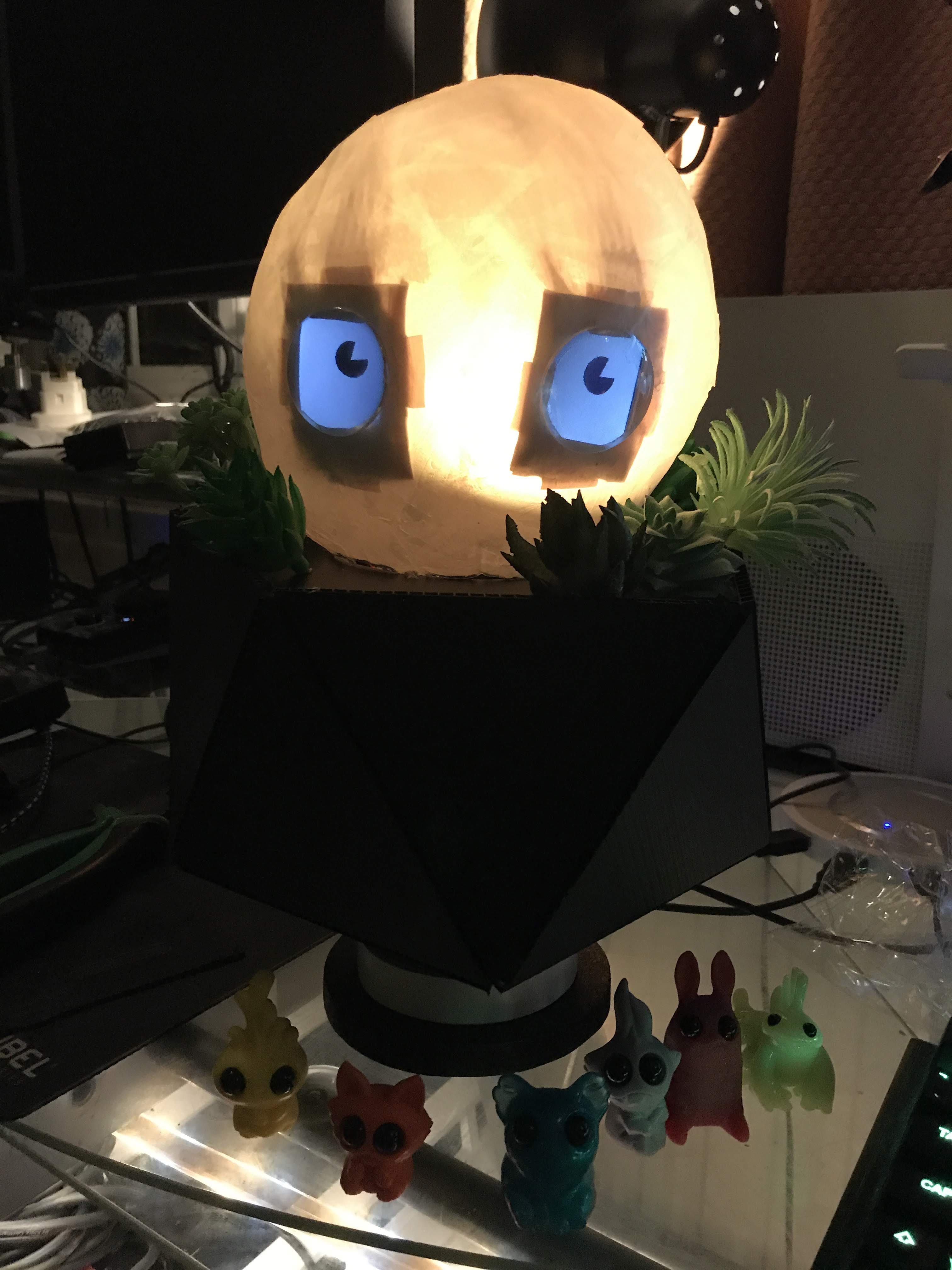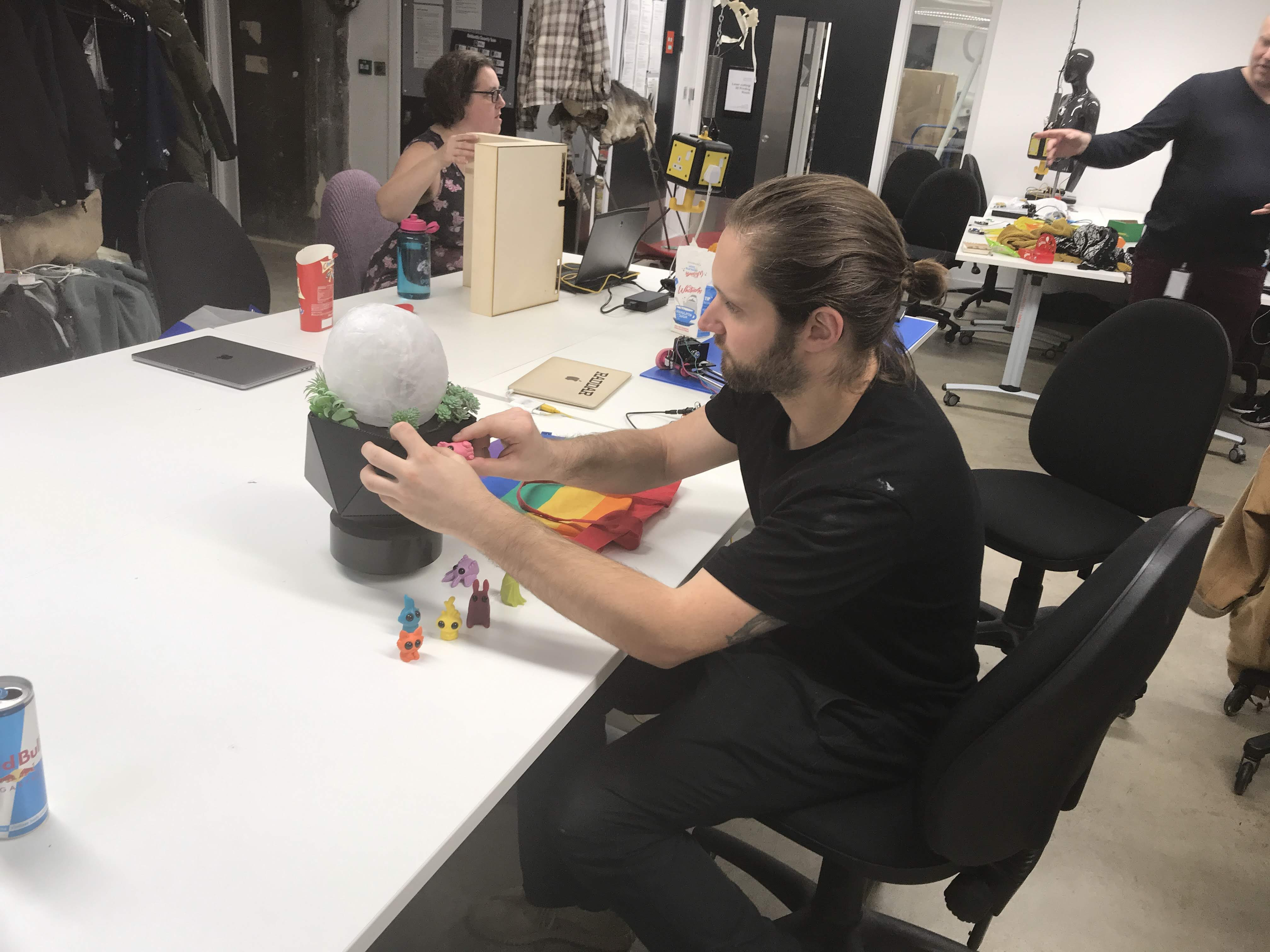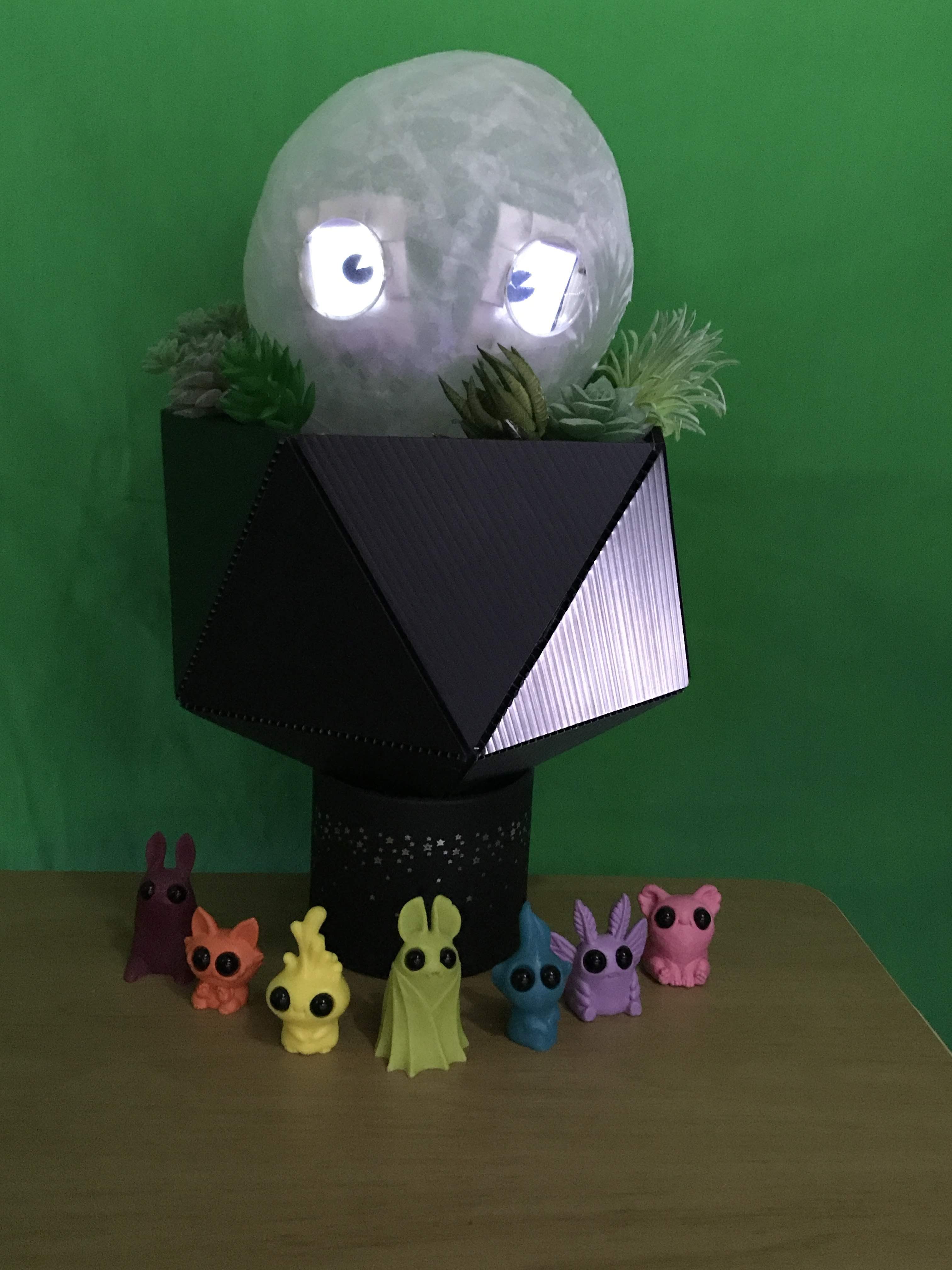My Lil' Blorb
I’ve always wanted a toy that could change its physical self based on environmental interaction--so I made one. This is My Lil’ Blorb--and he changes color based on your whim!
Produced By: Jamie Sichel
Description
I have always been fascinated by a genre of video games called “Toys to Life.” You’ve probably heard of them--games like Skylanders, Disney Infinity, Nintendo amiibo, or Lego Dimensions. Normally in these games, you place a toy with an RFID chip in its base on some sort of reader, and the toy gets imported into your game as a digital avatar. That’s where the interaction begins and ends; you don’t do anything else with the toy other than place it on or remove it from the reader (or, if you’re like me, you might display it). You control and manipulate the digital version of the avatar, but the physical toy itself never changes.
I wanted to make a toy that could change. These Blorbs are creatures I’ve designed that are born from seeds, much like plants. You grow them and tend to them and when they’ve matured, you can plant them in a plant pot. This particular Blorb is a very simply one--he has big, cute, round eyes that blink and look around, and he changes colors based on your input using a color sensor. All wires and electronics are safely encased within his plant pot, so he is perfectly mobile and can be placed anywhere in the house.
For future development, I intend to integrate this into a video game, and the colors you give your Blorb in the physical space will change the color of your Blorb in the game as well, and visa versa if you desire. Its eyes will also interact with the user based on proximity and motion tracking and “mood” (aka what color it is), but will also move based on what they are doing in the game, if it’s running.
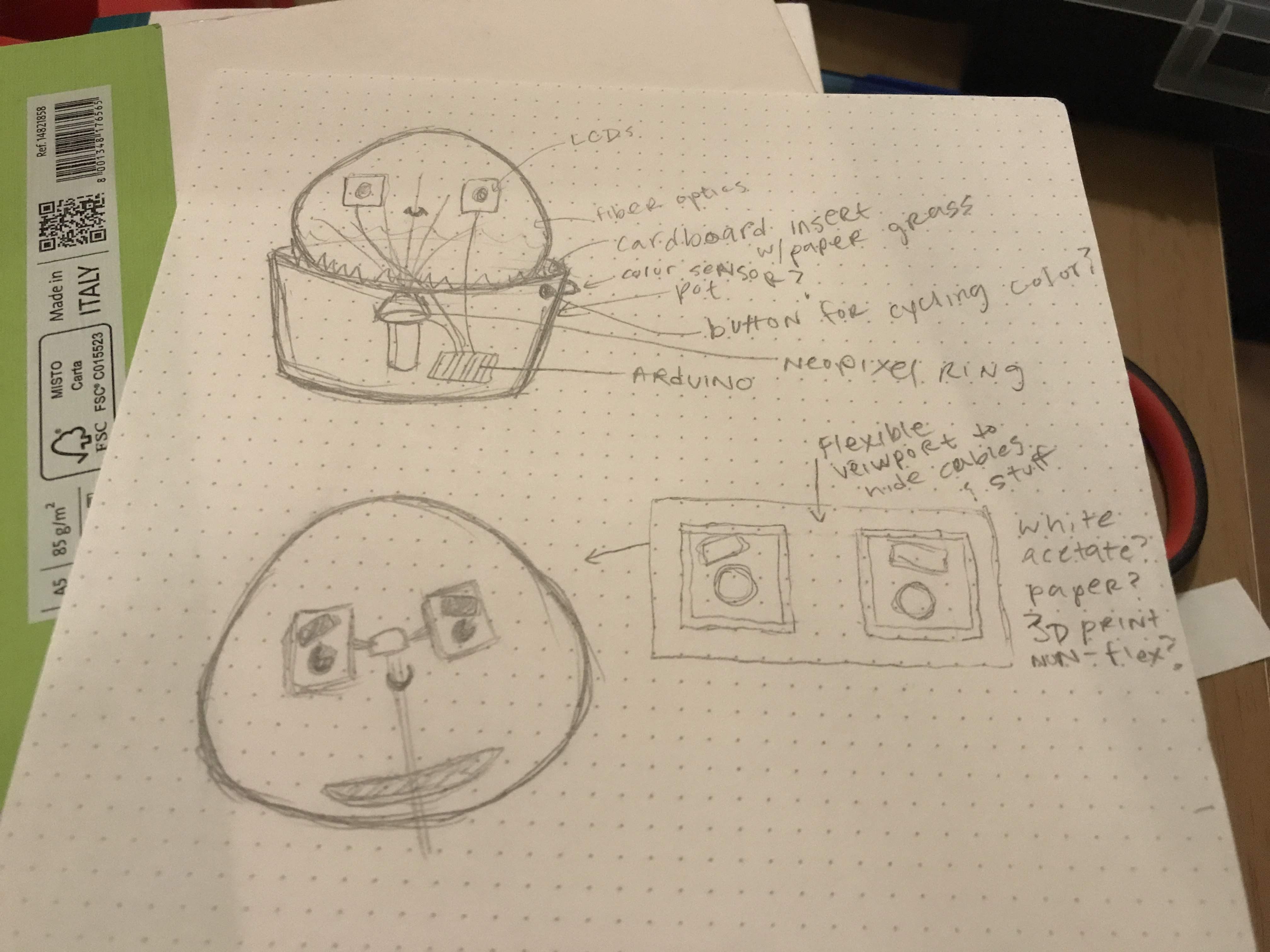
References
Code: Adafruit neopixel library Arduino examples, Circuit Playground color sensor Arduino example, Adafruit TFT GFX Library
Parts:
Toys used for color sensing designed by Chris Ryniak and Amanda Louise Spayd.
Thank you to Evan and Matt for your support and feedback.

































































